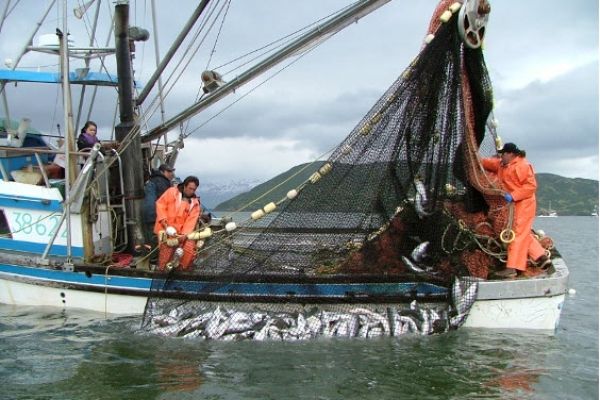A new study, by researchers from Simon Fraser University and the Department of Fisheries and Oceans, reveals the trade-offs of fish biodiversity—its costs and benefits to mixed-stock fisheries—and points to a potential way to harness the benefits while avoiding costs to fishery performance.
Many Pacific salmon fisheries catch fish that come from multiple stocks (management units), often representing locally-adapted populations, in so-called mixed-stock fisheries. Fish are intercepted in the ocean as they migrate along the coast, returning to different rivers to spawn.
The study used computer models of hypothetical fisheries and case studies of three actual sockeye salmon fisheries, including BC’s Fraser River fishery, to explore how fish biodiversity within mixed-stock fisheries influences both fishery performance and conservation risks.
Continue reading at Simon Fraser University
Image via Simon Fraser University


